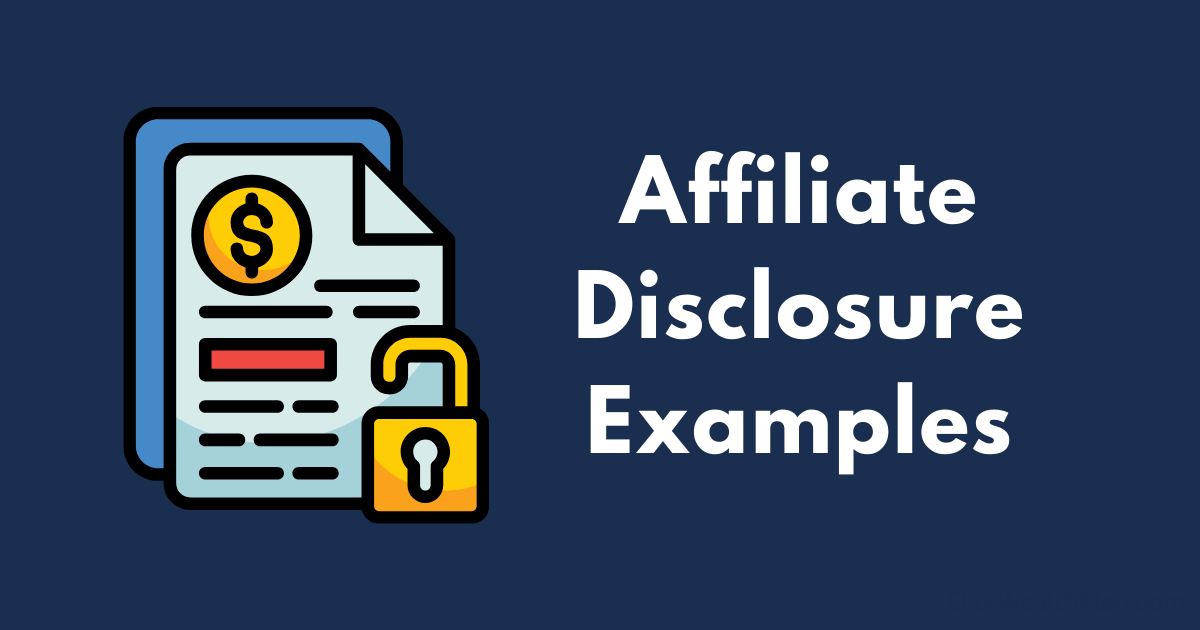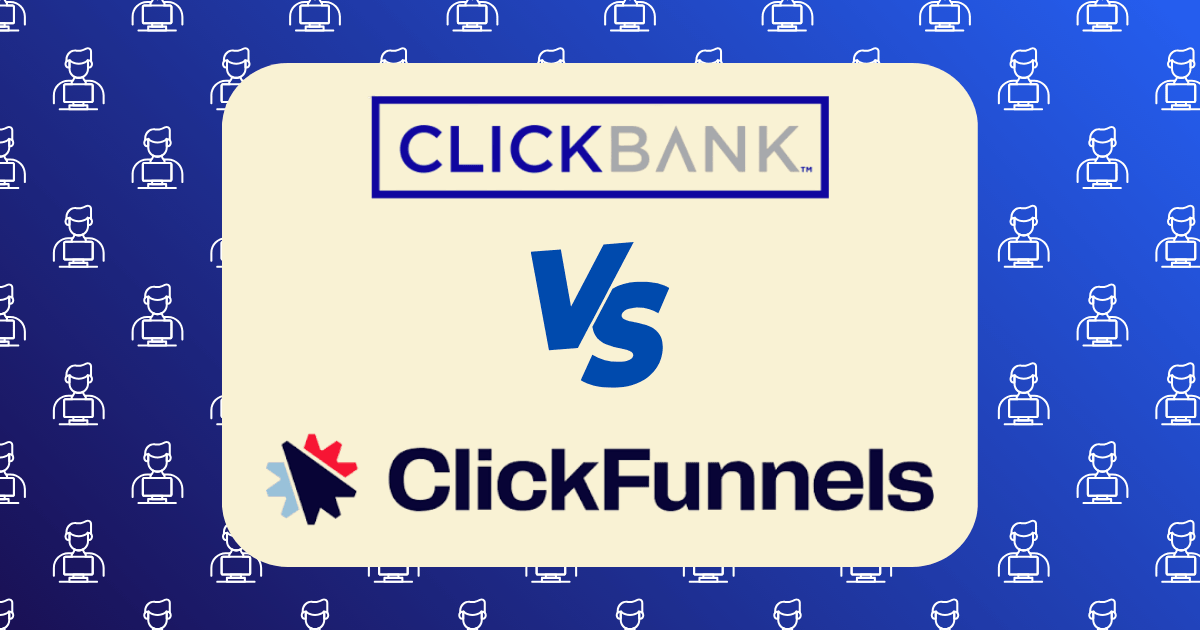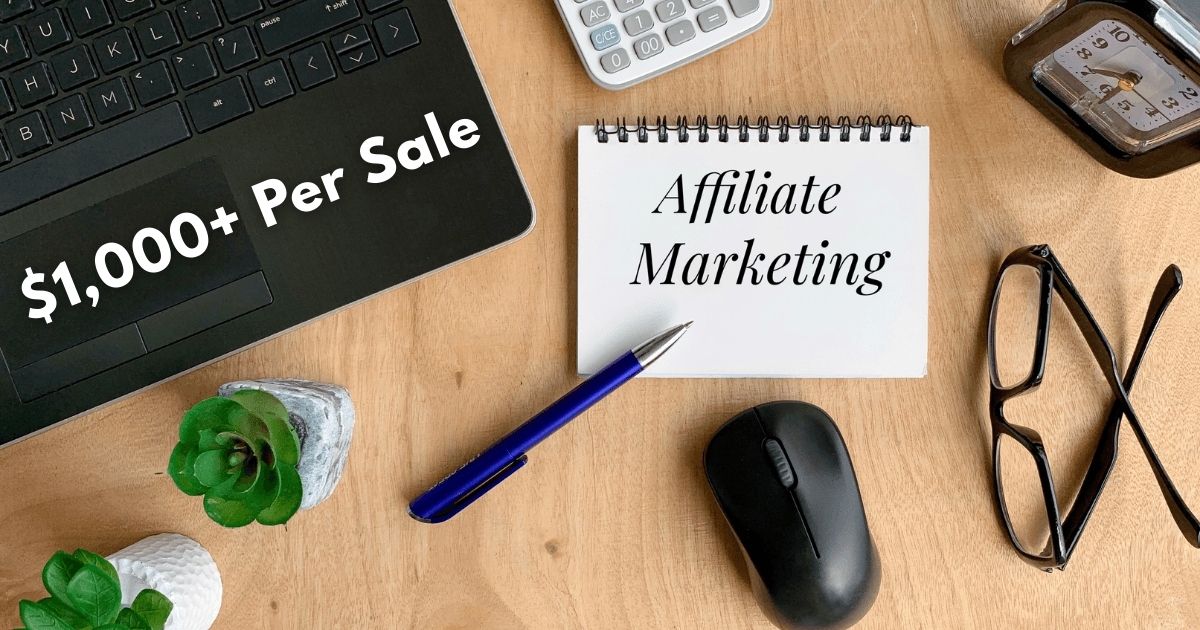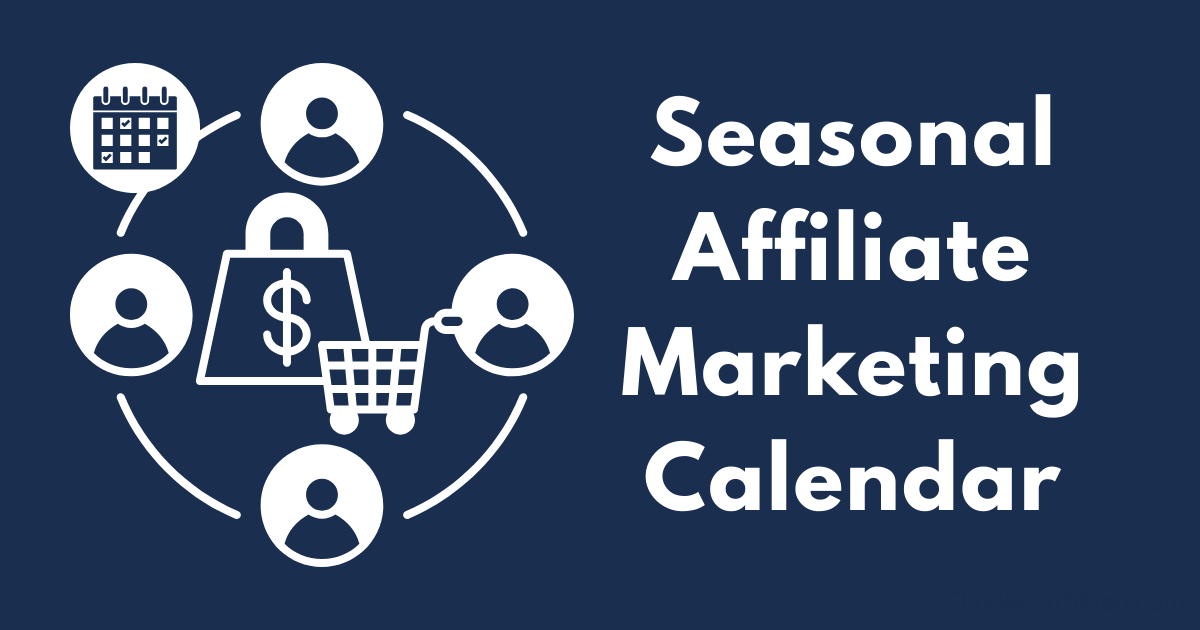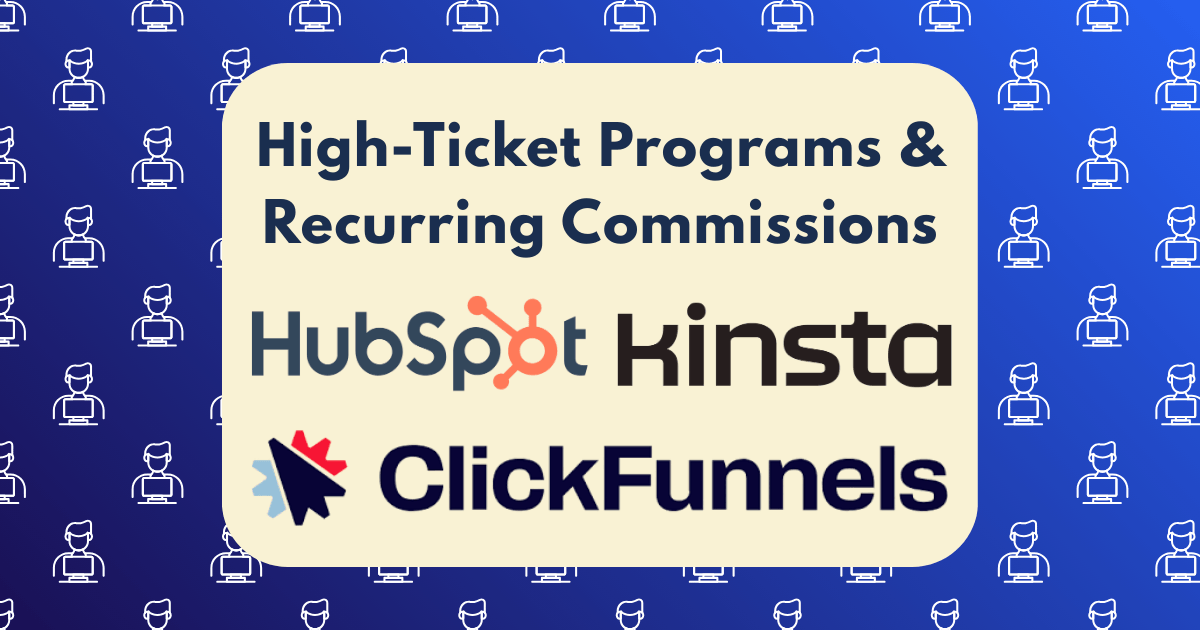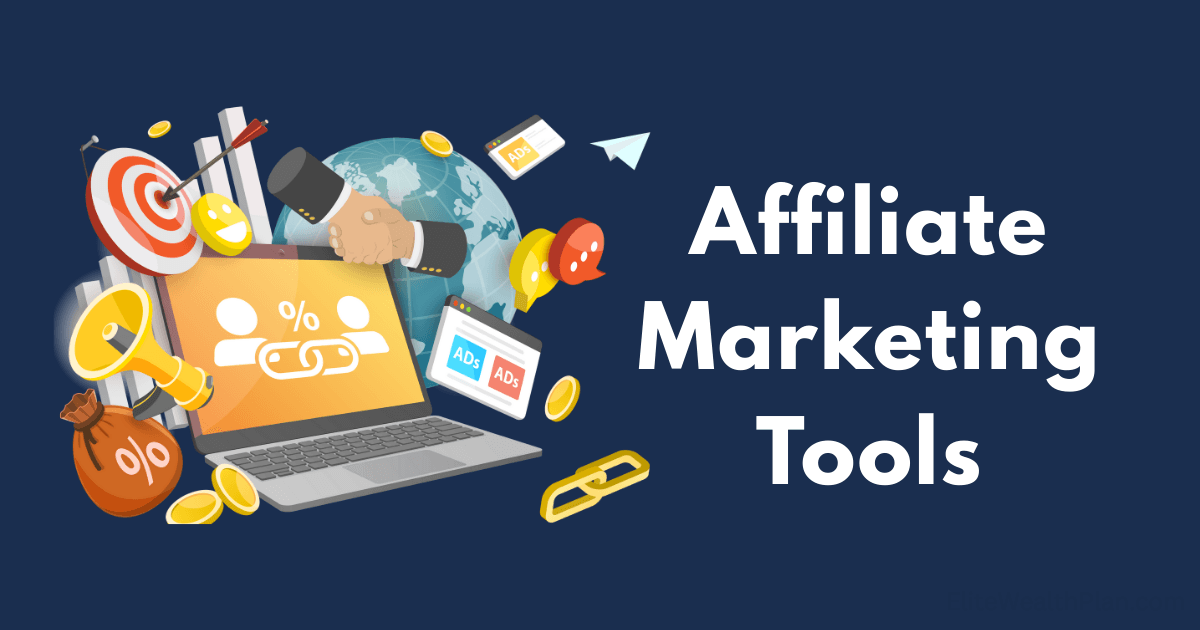Email Affiliate Marketing Sequence That Generated $15,000 in 7 Days (With Templates)
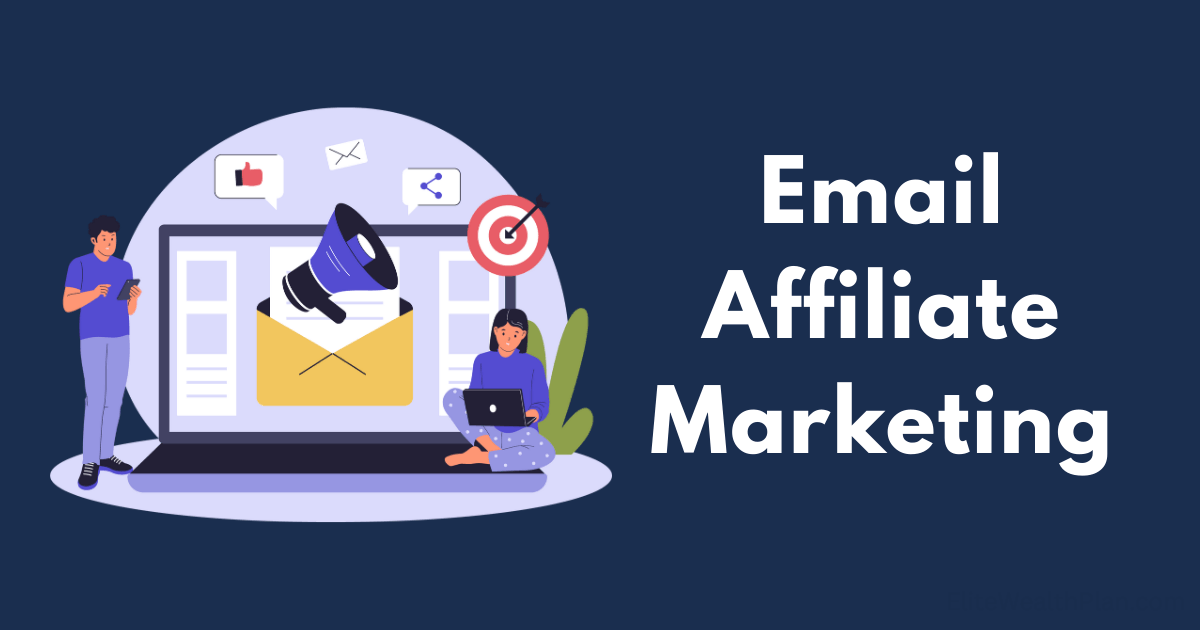
“Your email list is dead if you’re not mailing daily.”
“Never promote affiliate offers via email—people hate being sold to.”
“Email marketing doesn’t work anymore—focus on social media instead.”
I’ve heard all these proclamations from so-called marketing gurus. And I’m here to tell you they’re all completely wrong.
How do I know? Because I recently generated $15,473 in affiliate commissions from a single 7-day email sequence to a modest list of 4,217 subscribers.
That’s $3.67 per subscriber in just one week—from a list that hadn’t received a promotional email in over three months.
In this post, I’m going to break down the exact email sequence I used, including the psychology behind each message, the precise timing, and yes—actual copy-and-paste templates you can adapt for your own campaigns.
The Affiliate Promotion: Context Matters
Before diving into the emails, let’s set the context. This campaign promoted a legitimate product I personally use and love:
- Product: A premium course teaching advanced SEO techniques
- Price point: $997 (or three payments of $397)
- Commission rate: 50% ($498.50 per sale)
- Total sales generated: 31 full-price purchases
The product had a 7-day cart open period with a genuine deadline, which created natural urgency. The creator also provided excellent promotional assets, including case studies and testimonials I could reference.
The Psychological Framework Behind the Sequence
The sequence follows what I call the “PATHS” framework:
- Prime the audience
- Agitate the problem
- Teach valuable insights
- Highlight the solution
- Stimulate action
This structure works because it gradually builds interest and desire before introducing the offer, then creates urgency to drive action.
According to Moosend’s research, email sequences that follow a strategic psychological framework can achieve conversion rates up to 3-5x higher than standalone promotional emails.
The 7-Day Email Sequence Breakdown
Email #1: The Value Bomb (Day 1 – Cart Opening)
Purpose: Prime the audience with valuable content related to the offer’s topic.
Subject Line: “I spent 3 weeks researching this [SEO strategy]…”
Open Rate: 41.2%
Click Rate: 12.7%
Key Elements:
- Delivered genuine value that would be useful even if they never bought
- Subtly established my expertise in the subject area
- Introduced the problem the affiliate product solves
- Briefly mentioned the upcoming opportunity (product launch)
- No direct affiliate links in this email
Email #2: The Problem Amplifier (Day 2 – Morning)
Purpose: Agitate the problem and establish the cost of inaction.
Subject Line: “The real reason [desired outcome] feels impossible”
Open Rate: 38.7%
Click Rate: 9.3%
Key Elements:
- Dug deeper into the problem and its consequences
- Used storytelling to create emotional connection
- Introduced the product creator as the guide
- Included first affiliate link (soft introduction)
- Added social proof with a brief case study
Email #3: The Expert Insight (Day 3 – Afternoon)
Purpose: Teach something valuable that transitions naturally to the solution.
Subject Line: “3 myths about [topic] that keep you stuck”
Open Rate: 36.9%
Click Rate: 11.2%
Key Elements:
- Delivered genuinely useful content
- Debunked common misconceptions
- Positioned the affiliate product as the logical next step
- Included testimonials from real users
- Added scarcity element (early-bird bonus ending)
Email #4: The Results Showcase (Day 4 – Morning)
Purpose: Highlight the solution through concrete results and case studies.
Subject Line: “Case study: From [bad situation] to [good situation] in [timeframe]”
Open Rate: 34.1%
Click Rate: 10.8%
Key Elements:
- Focused on specific, tangible results
- Used detailed case studies with relatable protagonists
- Addressed common objections preemptively
- Included more direct promotion of the offer
- Added mid-cart bonuses announcement
Email #5: The FAQ & Objection Handler (Day 5 – Afternoon)
Purpose: Address objections and provide social proof through questions.
Subject Line: “Answering your questions about [product name]”
Open Rate: 32.5%
Click Rate: 8.7%
Key Elements:
- Addressed real questions from subscribers
- Tackled major objections head-on
- Included comparison with alternatives
- Added more detailed product information
- Reminded about the approaching deadline
Email #6: The Deadline Reminder (Day 6 – Evening)
Purpose: Create urgency with the approaching deadline.
Subject Line: “[URGENT] 24 hours left (and why I recommend this)”
Open Rate: 39.8% (note the increase due to urgency)
Click Rate: 14.2%
Key Elements:
- Emphasized the closing deadline
- Shared personal recommendation and experience
- Summarized key benefits
- Added final bonuses announcement
- Included direct call-to-action
Email #7: The Final Call (Day 7 – Afternoon)
Purpose: Create maximum urgency with final deadline.
Subject Line: “Final call: [Product] closes tonight”
Open Rate: 41.3%
Click Rate: 15.7%
Key Elements:
- Created extreme urgency with countdown
- Addressed last-minute objections
- Included final reminder of value proposition
- Added scarcity element (limited spots)
- Provided clear call-to-action
The Results Breakdown
Here’s how the campaign performed overall:
- Total emails sent: 29,519 (across 7 emails)
- Average open rate: 37.8%
- Average click rate: 11.8%
- Total sales: 31
- Conversion rate: 0.74% (of total subscribers)
- Total revenue generated: $30,907
- Total commission earned: $15,473
- Earnings per subscriber: $3.67
- Unsubscribe rate: 1.2% (49 people)
According to SendX’s research, the average affiliate email sequence converts at around 0.2-0.5%, making our 0.74% conversion rate significantly above average.
Key Factors That Made This Campaign Successful
1. Relationship Before Promotion
I hadn’t sent a promotional email to my list in over three months. Instead, I had been consistently delivering valuable content, building trust and authority. When I finally made a recommendation, my subscribers were receptive.
2. Genuine Product Alignment
I only promoted a product I personally used and believed in. This authentic connection came through in my emails and resonated with subscribers.
3. Strategic Email Timing
Notice the pattern:
- Day 1: Value-focused (morning)
- Day 2: Problem-focused (morning)
- Day 3: Solution-focused (afternoon)
- Day 4: Results-focused (morning)
- Day 5: Objection-focused (afternoon)
- Day 6: Urgency-focused (evening)
- Day 7: Final call (afternoon)
This deliberate timing allowed the sequence to build momentum while respecting subscribers’ attention.
4. Value-First Approach
Even promotional emails contained valuable insights. Subscribers who never intended to purchase still received useful information, maintaining goodwill.
5. Real Scarcity
The product genuinely had a limited enrollment period. Fake scarcity damages trust; real scarcity drives action.
How to Adapt This Sequence for Your Affiliate Promotions
Step 1: Choose the Right Product
Select an affiliate offer that:
- You’ve personally used and can vouch for
- Solves a real problem for your audience
- Has a solid conversion rate and affiliate support
- Offers a competitive commission structure
- Ideally includes a genuine scarcity element
Step 2: Prepare Your Content Assets
Before writing a single email, gather:
- Personal experiences with the product
- Case studies and testimonials
- Key features and benefits
- Answers to common objections
- Unique insights related to the product’s topic
Step 3: Segment Your List (If Possible)
For best results, only send to subscribers who have:
- Opened an email in the last 60 days
- Shown interest in related topics
- Not purchased a competing product recently
Step 4: Customize the Templates
Adapt the templates provided above to:
- Match your voice and writing style
- Address your specific audience’s needs
- Highlight the unique aspects of your affiliate offer
- Include your personal experiences and insights
Step 5: Set Up Proper Tracking
Ensure you can track:
- Open rates and click rates for each email
- Conversion rates from your affiliate links
- Unsubscribe rates throughout the sequence
- Revenue generated per email
Conclusion: Email Marketing Still Works (When Done Right)
Despite claims to the contrary, email remains one of the most effective channels for affiliate marketing. According to HubSpot’s research, email marketing can deliver up to 3600% ROI—or $36 for every $1 spent.
The key is approaching it with integrity, value, and strategic psychology.
This 7-day sequence generated $15,473 in affiliate commissions not because of clever tricks or aggressive sales tactics, but because it delivered genuine value while guiding subscribers toward a product that could truly help them.
Feel free to adapt these templates for your own campaigns, and let me know your results in the comments below!
Have you run successful affiliate email campaigns? What strategies worked best for you? Share your experiences in the comments below.
Common Questions About Affiliate Email Sequences
The data suggests otherwise. Our unsubscribe rate for this campaign was just 1.2%—lower than our average monthly unsubscribe rate of 1.8%. The key is delivering value in every email, not just sales pitches.
This sequence can work with lists of any size. With smaller lists, you might see fewer total sales, but your conversion rate can actually be higher due to stronger relationships with your subscribers.
No. Reserve this high-intensity approach for your best affiliate offers—products you genuinely believe in and that offer significant value to your subscribers. For smaller promotions, a 3-4 email sequence is often sufficient.
Test different subject lines, send times, and sender names. Also, regularly clean your list by removing subscribers who haven’t opened emails in 90+ days.
I strongly recommend only using this sequence for products with genuine scarcity. However, if that’s not possible, you can create legitimate scarcity through bonuses you control (e.g., “I’m offering my bonus only to the first 20 people who purchase through my link”).


